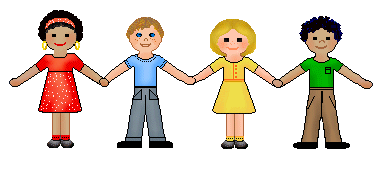- Details
- Written by: Cyrus
Based on a presentation by Barbara Watson of InspiredECE
Prior to attending this Professional Development session by Barbara Watson, I have to admit that I lacked a degree of enthusiasm. A while ago we teachers from my workplace had attended a session by a speaker from ERO who expanded on effective internal evaluation for improvement, to assess what is working and what is not. However, I have to say that I really enjoyed this session by Barbara Watson as she was concise and offered clarity into the process of internal evaluation and suggestions on how it can be implemented.
- Details
- Written by: Cyrus
Many early childhood educators realise the importance of supporting children to be conscious of their natural environment. Kaiako/Teachers will have their own strategies to provide a learning culture where children develop their working theories to take care of nature through their own creativity and play. Discussions can also be based around a responsibility that we all have to preserve and maintain the environment around us. From a Māori perspective, this involves the concept of Kaitiakitanga.
- Details
- Written by: Cyrus
One of the theoretical principles of Tikanga, the Māori way of doing things, is whanaungatanga. In this musing, I look at how this perspective can be identified in an early childhood setting.
The online Māori dictionary defines “whanaungatanga” as: (noun) relationship, kinship, sense of family connection - a relationship through shared experiences and working together which provides people with a sense of belonging. It develops as a result of kinship rights and obligations, which also serve to strengthen each member of the kin group.
- Details
- Written by: Cyrus
Early childhood establishments in New Zealand tend to have different leadership models. Many of these are based around a hierarchical model, where there is possibly a centre manager, assistant centre manager, head teachers in each room, assistant head teachers, and the rest of the teachers down the line. “The services available are very diverse. They have a wide range of ownership and governance structures as well as different philosophies and operating models” (Ministry of Education, p. 8, 2017).
- Details
- Written by: Cyrus
Our early childhood curriculum Te Whāriki states that learning dispositions have been identified as valuable to support lifelong learning. Resilience is a disposition that is mentioned in the curriculum. Evidence of learning and development is demonstrated when children show a “Capacity for self-regulation and resilience in the face of challenges” (Ministry of Education, p. 27, 2017). So, the question is, how do we as kaiako role model resilience?
- Te Whāriki 2017 - Early Impressions
- EC-MENz Hui 2017
- Gun Play - An early childhood perspective
- Learning from excursions outside the early childhood centre
- EC-MENz Hui 2016
- Assessment practices – an early childhood perspective
- Hauora - well-being from an early childhood perspective
- Bullying - A misnomer in preschool terminology
- Rangatiratanga – an early childhood perspective
- A reflection on Rudolf Steiner-inspired early childhood education
